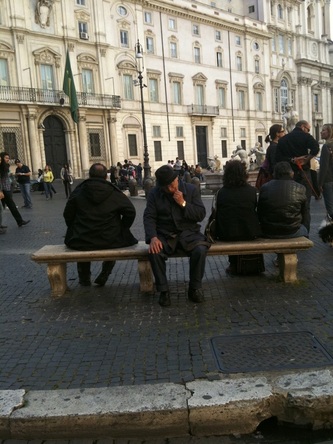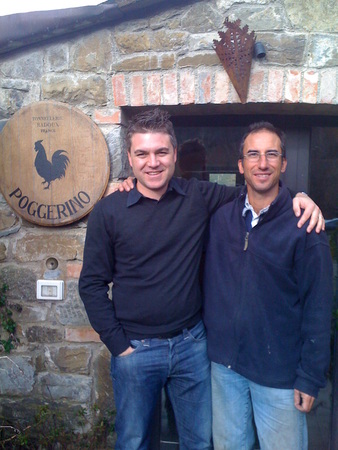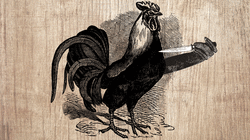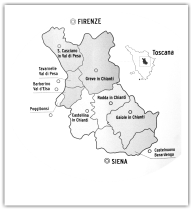I think Chianti Classico is one of the best buys of the big world of wine. You can buy a bottle to drink tonight and enjoy its lip smacking freshness and cherry fruit, or put it away in the cellar for up to ten years to savour more earthy, mushroom notes.
As a ‘brand’, Chianti Classico has serious currency. With or without a rooster on the ‘fascetta’, people know the wine because they know the region. Just this week I hosted Piero Lanza from Poggerino in Radda in Chianti and I lost count of the number of times consumers would share their favourite Tuscan holiday story whilst tasting the wines.
But something is missing. Chianti Classico is a massive area and, in this age of unbridled access to information, the consumer demands to know more. Just like we are exploring sub zones of our own regions here in Australia, Chianti Classico needs to do the same. The key is to demystify this information and NOT make it confusing. It can and should be detailed, but also concise. Not every consumer will want to use it, but it should be available to those who do. Imagine Barolo without recognising the differences between La Morra and Monforte.
I’m often asked about the differences between the zones in Chianti Classico. In many cases there are more similarities than there are stark differences and there are some zones that clearly perform better than others. I believe that promoting the zones will encourage wineries to seek to highlight those differences, however small, and to promote the uniqueness of their territory and terroir.
Maybe one day we will talk of the differences between Gaiole and Radda just as we currently do between La Morra and Monforte.
And whilst I’m at it, can we lift the minimum percentage of Sangiovese to 90%?
Trembath and Taylor is the Italian wine importer in Australia for the wines of Poggerino, Candialle, Fèlsina, Brancaia, San Giusto a Rentennano, Rocca di Montegrossi




 RSS Feed
RSS Feed
